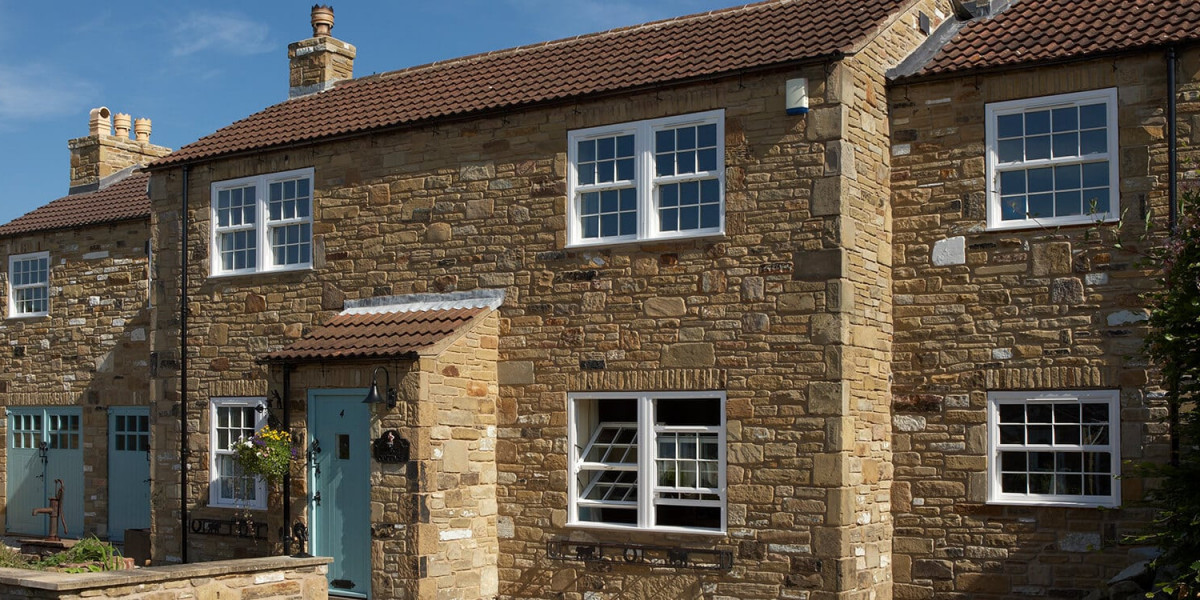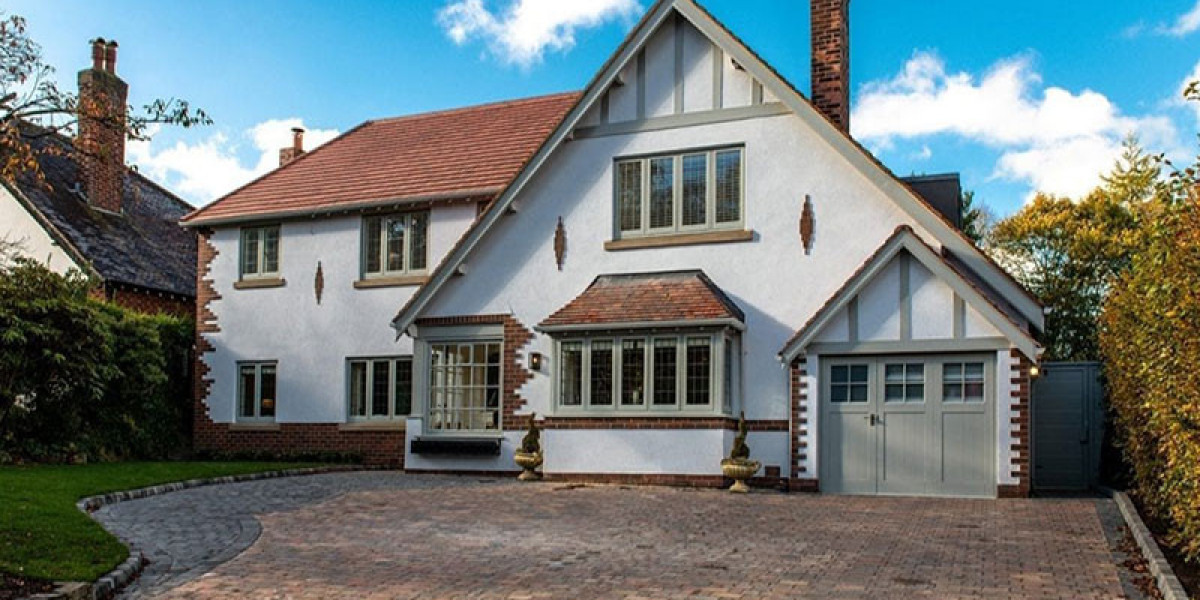Window installation is a critical aspect of building construction and renovation that significantly impacts energy efficiency, aesthetics, and overall comfort within a space. This report aims to provide a detailed overview of the window installation process, covering types of windows, preparation, installation steps, and post-installation considerations.

Types of Windows
Before delving into the installation process, it is essential to understand the different types of windows available. Each type has unique features and benefits that cater to various needs:
- Double-Hung Windows: These windows have two sashes that move vertically. They are popular for their traditional appearance and ease of cleaning.
- Casement Windows: Hinged at the side, casement windows open outward, providing excellent ventilation and unobstructed views.
- Sliding Windows: These windows slide horizontally and are ideal for spaces where a swinging window would be impractical.
- Awning Windows: Hinged at the top, these windows open outward, allowing for ventilation even during rain.
- Picture Windows: Fixed and non-operable, picture windows are designed to provide unobstructed views and natural light.
- Bay and Bow Windows: These are combinations of several windows that extend outward from the home, often providing additional space and light.
Preparation for Installation
Proper preparation is crucial for a successful window installation. Here are the essential steps:
- Choosing the Right Windows: Consider factors such as energy efficiency ratings (U-factor, solar heat gain coefficient), style, material (vinyl, wood, aluminum), and budget.
- Measuring the Opening: Accurate measurements are vital. Measure the width and height of the window opening at three different points (top, middle, bottom for width; left, center, right for height) to ensure a proper fit.
- Gathering Tools and Materials: Essential tools include a tape measure, level, square, caulk gun, hammer, nails, and safety equipment. Materials may include insulation, flashing tape, and weather stripping.
- Preparing the Workspace: Clear the area around the window and protect the floor with drop cloths. Ensure adequate lighting and ventilation.
Installation Steps
The installation process can vary depending on the type of window and the existing structure. However, the following general steps apply:
- Remove the Old Window: Carefully take out the existing window. This may involve removing trim, cutting through caulk, and unscrewing or prying out the window frame. Be cautious to avoid damaging the surrounding wall.
- Inspect the Opening: Check for any signs of rot or damage in the frame and surrounding areas. Repair or replace any damaged materials before proceeding.
- Install Flashing: Proper flashing is essential to prevent water intrusion. Install flashing tape along the bottom of the window opening and up the sides, ensuring it overlaps the exterior sheathing.
- Insert the New Window: Place the new window into the opening, ensuring it is level and plumb. Use shims to adjust the window as necessary. The window should be centered with equal spacing on all sides.
- Secure the Window: Once the window is correctly positioned, secure it by fastening screws or nails through the window frame into the studs. Be careful not to over-tighten, which can warp the frame.
- Insulate the Gaps: Fill any gaps between the window frame and the rough opening with insulation foam or fiberglass. This step is crucial for energy efficiency.
- Seal with Caulk: Apply a bead of caulk around the exterior perimeter of the window to create a weather-tight seal. Ensure that the caulk is smooth and free of gaps.
- Install Interior Trim: Reattach or install new interior trim around the window. This not only enhances aesthetics but also helps to conceal any imperfections in the installation.
- Clean Up: Remove any debris from the installation process and clean the window. Ensure that the area is safe and https://tradewindowsandsupplies.co.uk tidy.
Post-Installation Considerations
After the installation is complete, there are several important considerations:
- Check for Proper Operation: Open and close the window to ensure it operates smoothly. Make any necessary adjustments to the hardware or shims.
- Monitor for Air Leaks: After a few days, check for drafts or air leaks around the window. If detected, additional caulking or weather stripping may be needed.
- Maintain the Windows: Regular maintenance is key to prolonging the life of windows. This includes cleaning the glass, checking seals, and lubricating moving parts.
- Consider Window Treatments: Depending on the location and function of the window, consider installing blinds, shades, or curtains for privacy and light control.
- Energy Efficiency Assessment: After installation, it may be beneficial to conduct an energy efficiency assessment to determine if the new windows are performing as expected.
Conclusion
Window installation is a multifaceted process that requires careful planning, execution, and follow-up. By understanding the types of windows available, preparing adequately, and following the proper installation steps, homeowners can enhance their living spaces while improving energy efficiency. Regular maintenance and monitoring after installation are essential to ensure that windows continue to perform effectively, providing comfort and protection for years to come. Whether undertaking a DIY project or hiring professionals, knowledge of the window installation process can lead to successful outcomes and greater satisfaction with the home environment.








